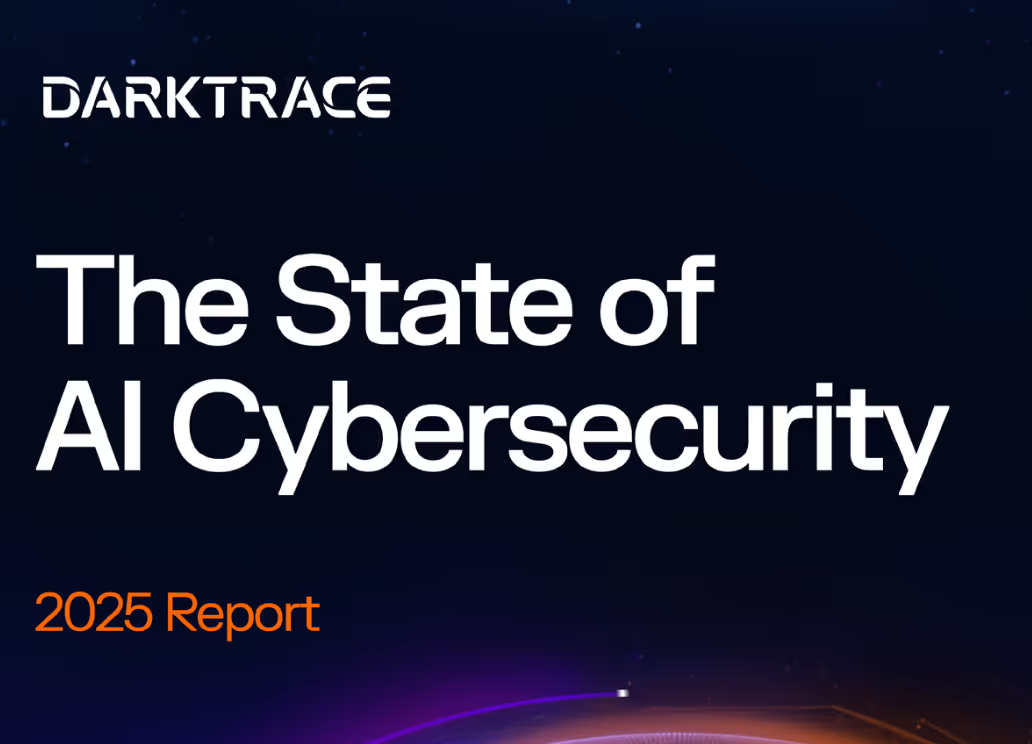What is crypto cybersecurity?
What is crypto cyberseucity?
Cybersecurity for Crypto is an essential consideration in the rapidly evolving world of digital assets. As more individuals and businesses embrace cryptocurrencies, the transition to digitizing assets introduces unique vulnerabilities that require security measures. Likewise, as cryptocurrency grows in popularity, these digital assets are increasingly exposed to threat actors.
Why effective crypto cybersecurity is crucial?
In the realm of cryptocurrency transactions, private keys play a pivotal role in accessing digital assets. Unfortunately, these keys have become prime targets for hackers, making robust cyber security for crypto indispensable.
Unlike traditional financial systems, blockchain technology underpins cryptocurrencies, offering both anonymity and decentralization. While these features enhance privacy, they also increase the risk of financial loss due to the unregulated nature of cryptocurrency transactions.
Types of cryptocurrency scams and risks?
As the popularity of digital currency grows, so do the risks associated with cryptocurrency scams. Understanding the various types of cryptocurrency scams is crucial for safeguarding your investments and transactions. Below are some of the most common risks and scams in the crypto world:
Sensitive Information Theft
One of the most prevalent cryptocurrency scams that affect users involves the theft of sensitive information. Hackers often target private keys, which are essential for accessing digital wallets. Once these keys are compromised, the hacker gains full control over the victim's assets, leading to significant financial losses.
Crypto Mining
Crypto mining involves using computer resources to validate transactions and secure the blockchain network. However, malicious actors sometimes deploy mining malware, which covertly uses a victim’s computer power to mine cryptocurrency for the attacker. This not only slows down the victim’s device but also increases their electricity costs.
Sophisticated Hacking Techniques
Hackers employ advanced methods to breach crypto exchanges and wallets. These sophisticated hacking techniques can lead to the loss of large amounts of digital currency. The decentralized nature of blockchain technology makes it challenging to recover stolen assets, highlighting the importance of robust crypto cyber security measures.
Phishing Attacks
Phishing attacks are common types of cryptocurrency scams where fraudsters impersonate legitimate entities to trick users into revealing their private keys or other sensitive information. These scams often involve fake websites or emails that appear genuine, making it easy for unsuspecting users to fall victim.
Social Engineering Schemes
Social engineering schemes manipulate individuals into divulging confidential information. Scammers often pose as trustworthy figures or offer too-good-to-be-true investment opportunities. Awareness and skepticism are key to avoiding these deceptive tactics.
Investment Scams
Investment scams lure victims with promises of high returns. These scams range from fake Initial Coin Offerings (ICOs) to Ponzi schemes. Victims are convinced to invest their money, only to find out later that the scheme was fraudulent and their funds are gone.
Insider Threats
Insider threats come from individuals within an organization who have access to sensitive information. These insiders can exploit their positions to steal digital currency or sabotage security measures. Implementing strict access controls and monitoring systems can mitigate these risks.
Effective crypto cybersecurity practices
1. Use Hardware Wallets
- Hardware Wallets (Cold Storage): These are physical devices that store your private keys offline. Examples include Ledger Nano S/X and Trezor. These devices allow you to take your crypto offline, making it much more unlikely to be hacked. However, losing your physical key or having it stolen would result in a loss of your crypto currency.
2. Beware of Phishing Attacks
- Email and Links: Be cautious of unsolicited emails, links, and attachments. Always verify the source before clicking.
- Official Channels: Only use official websites and applications for transactions and information.
3. Backup Your Wallet
- Backup Files: Regularly back up your wallet and store the backups in multiple secure locations (e.g., USB drives, secure cloud storage).
- Recovery Phrases: Write down your recovery phrases (seed phrases) on paper and store them in a safe place.
4. Use Reputable Exchanges
- Exchange Security: Choose exchanges with strong security measures, such as cold storage for assets, insurance, and robust authentication protocols.
- Minimal Storage: Only keep a small portion of your cryptocurrency on exchanges for trading; transfer the rest to your secure wallet.
5. Enable Alerts
- Account Alerts: Set up alerts for login attempts and transactions to quickly identify any unauthorized activity.
Crypto cyber attack examples
How Cyber Criminals Are Profiting from Crypto
Cyber criminals are increasingly exploiting organizations using botnets to mine cryptocurrency, a practice known as 'crypto-jacking.' The Sysrv botnet, which has evolved since its discovery in early 2020, exemplifies this trend by targeting both Windows and Linux OS systems, and adapting quickly to new vulnerabilities. The Sysrv botnet's use of cryptocurrencies like Nano and Monero showcases its sophistication and adaptability. Darktrace’s AI-driven solutions are designed to combat these threats by identifying potential weak points and strengthening defenses proactively. To learn more about how Darktrace can protect your organization from these evolving cyber threats, read the full article.
Crypto mining on a DNS server
Cyber criminals are exploiting open ports on Internet-facing servers to mine cryptocurrency, capitalizing on the rise of digital currencies. A recent case in the APAC region involved a DNS server compromised via brute-force attacks on RDP and SMB ports, leading to Monero mining activities. Darktrace's AI identified the threat by recognizing anomalous connections without relying on known indicators of compromise. Such crypto-mining can severely impact server performance and pose additional risks like DDoS or ransomware. Darktrace's proactive approach includes detecting unusual behaviors, providing immediate threat notifications, and neutralizing threats at machine speed. To understand how Darktrace can protect your organization from similar threats, read the full article.
























